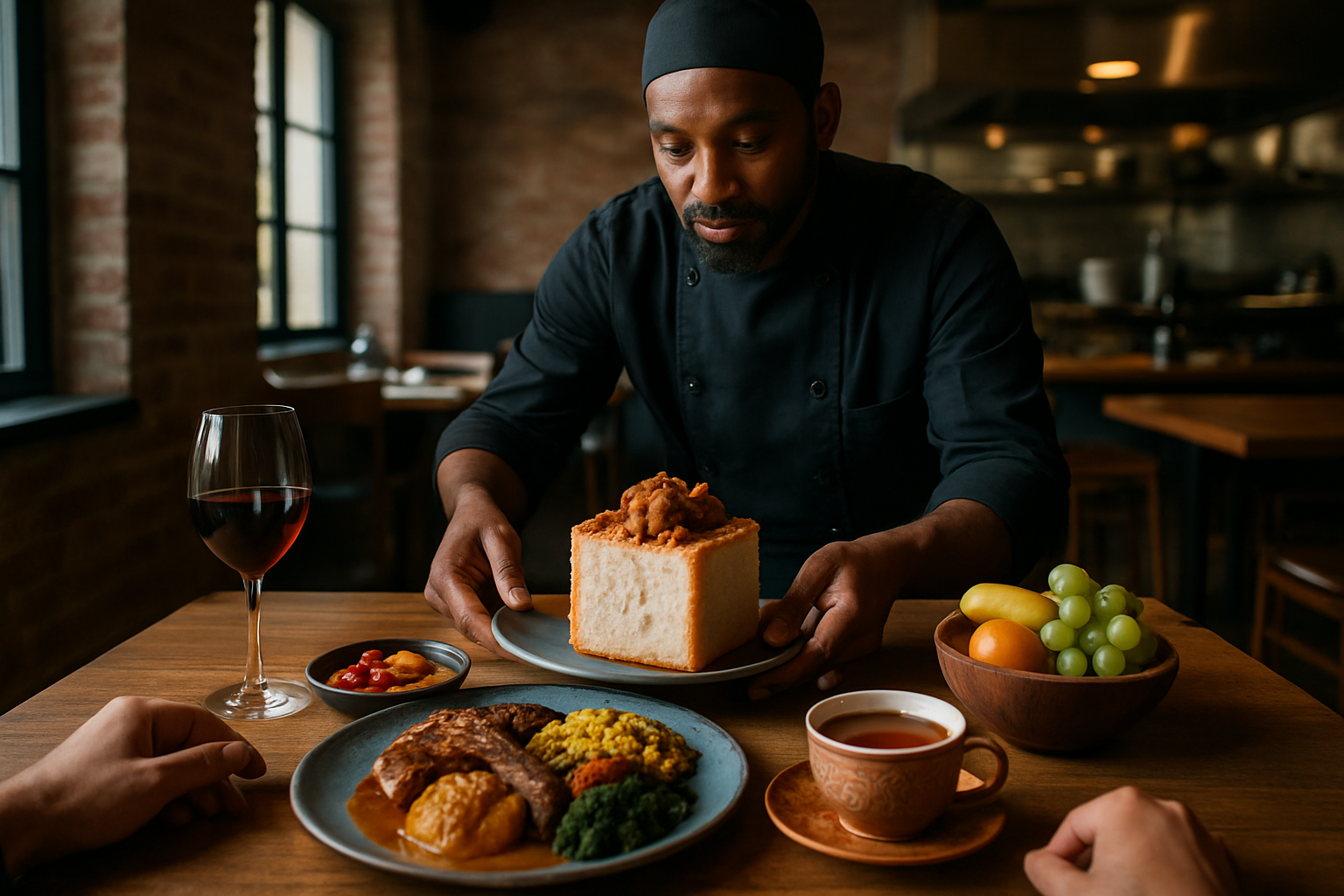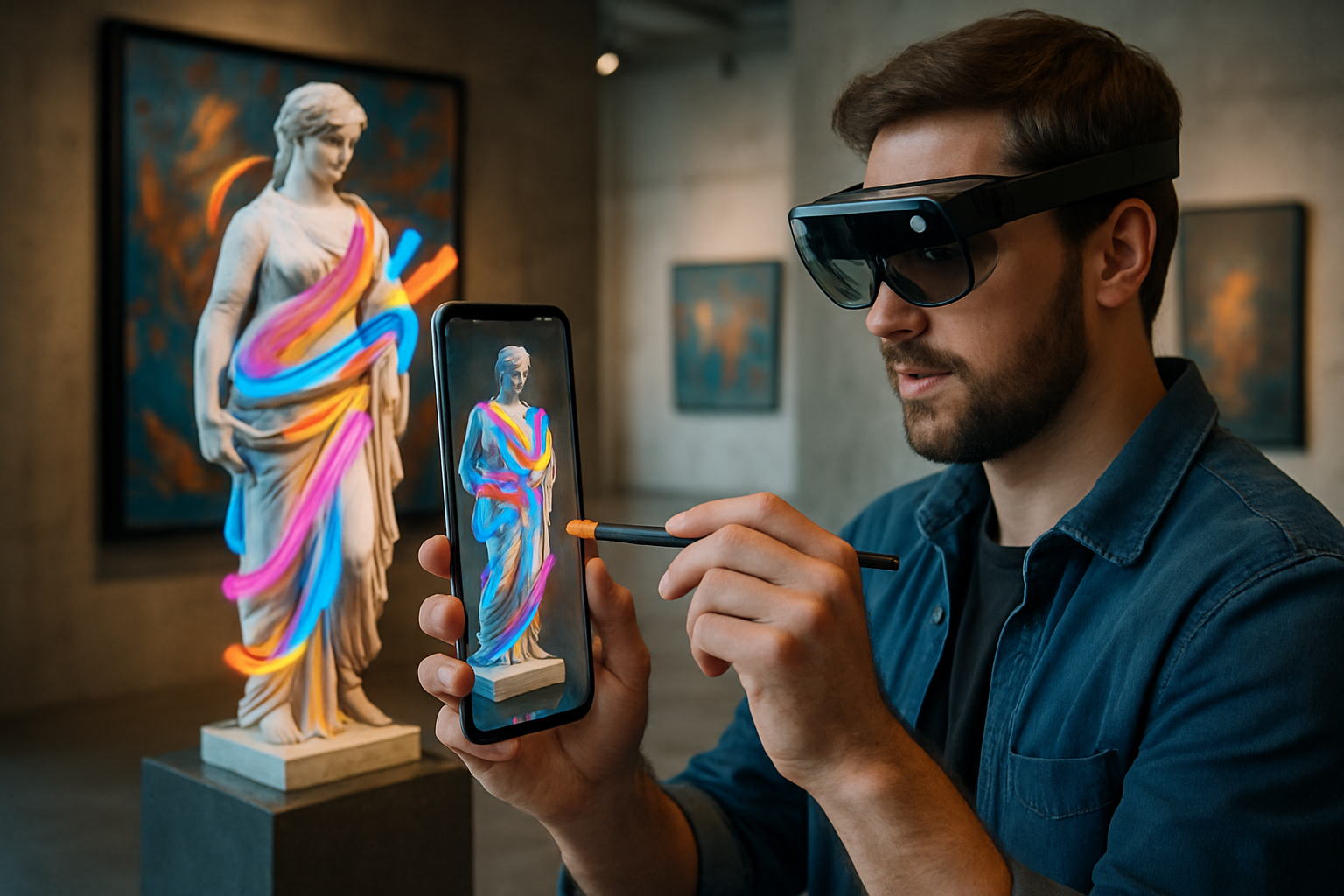Title: Sartorial Storytelling: Fashion as a Form of Personal Narrative
In the ever-evolving realm of fashion, a captivating trend is emerging that goes beyond mere aesthetics. Sartorial storytelling, the art of using clothing to weave personal narratives, is taking center stage. This innovative approach to style invites individuals to curate their wardrobes as living, breathing autobiographies, transforming everyday outfits into powerful expressions of identity, experiences, and aspirations.

Crafting Your Fashion Narrative
Creating a wardrobe that tells your story requires introspection and creativity. Start by identifying key themes in your life – your roots, passions, pivotal experiences, or future goals. Then, seek out pieces that embody these themes. For instance, someone with a love for music might incorporate band t-shirts or concert memorabilia into their everyday wear, while a globetrotter might showcase textiles from various cultures.
The Psychology Behind Personal Style Narratives
Psychologists have long recognized the power of clothing in shaping our self-perception and mood. Sartorial storytelling takes this a step further by actively using fashion as a tool for self-reflection and personal growth. By wearing items that represent personal milestones or aspirations, individuals can reinforce positive self-image and motivation. This conscious approach to dressing can serve as a daily reminder of one’s journey and values.
Balancing Aesthetics and Narrative
While the focus is on personal meaning, sartorial storytelling doesn’t sacrifice style. The key is to find a balance between narrative significance and aesthetic appeal. This might involve mixing meaningful vintage pieces with contemporary trends or finding creative ways to incorporate sentimental items into modern outfits. The result is a wardrobe that’s not only deeply personal but also visually cohesive and stylish.
The Impact on Consumption Patterns
As more people embrace sartorial storytelling, it’s influencing shopping habits and brand preferences. Consumers are increasingly seeking out pieces with provenance – items that have a story or represent a particular ethos. This shift is encouraging brands to focus on storytelling in their marketing, highlighting the origins of their products and the narratives behind their designs. It’s also fueling interest in secondhand and vintage markets, where each piece comes with its own history.
Technological Integration in Fashion Narratives
In the digital age, technology is playing a fascinating role in enhancing sartorial storytelling. Smart fabrics and NFC-enabled tags are allowing wearers to embed digital content into their clothing, creating interactive garments that can share stories at the tap of a smartphone. This merger of fashion and technology opens up new possibilities for preserving and sharing personal narratives through clothing.
Practical Tips for Sartorial Storytelling
• Curate a ‘heritage corner’ in your closet for family heirlooms or culturally significant pieces
• Create a travel capsule wardrobe with items collected from different destinations
• Incorporate meaningful accessories – like a watch passed down through generations
• Upcycle old t-shirts from significant events into new, wearable items
• Document the stories behind your clothes in a fashion journal or digital archive
• Experiment with layering to showcase multiple narrative elements in one outfit
• Seek out brands that align with your personal values and story
As fashion continues to evolve, sartorial storytelling stands out as a powerful way to infuse personal meaning into our daily attire. This approach not only elevates the act of dressing but also encourages a more thoughtful, sustainable relationship with clothing. By viewing our wardrobes as chronicles of our lives, we transform fashion from a mere external display into a rich, personal narrative – one that we carry with us every day.





